~~~~~~~~~~~~~
KRISTINE MAGCALAS
SUBMITTED TO: DR. QUIJENCIO
BSN811
















Labor is the series of events by which uterine contractions and abdominal pressure expel a fetus and placenta from a woman's body. Regular contractions cause progressive dilatation of the cervix and sufficient muscular force to allow the baby to be pushed to the outside. It's a time of change, both an ending and a beginning, for a woman, a fetus, and her family.
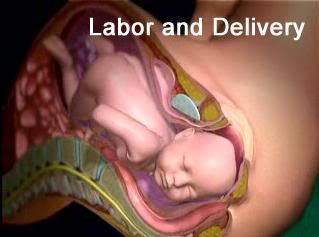

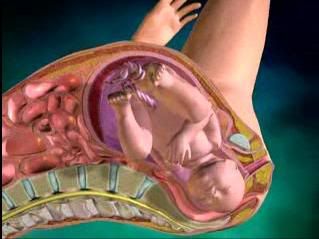
Labor and birth require a woman to use all the psychological and physical coping methods she has available. Regardless of the amount of childbirth preparation or the number of times she has been through the experience before, family-focused nursing is needed to support the family as they mark the beginning of a new family structure.

 During pregnancy a woman's uterus nurtures and protects the developing fetus during gestation. A full-term pregnancy is approximately 40 weeks.
During pregnancy a woman's uterus nurtures and protects the developing fetus during gestation. A full-term pregnancy is approximately 40 weeks. 

When the fetus has matured and birth is imminent, the baby begins to go through a series of movements that help it navigate through the birth canal.

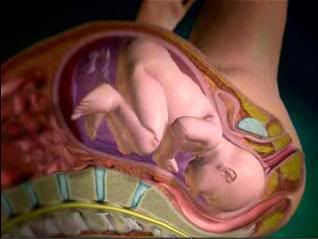
During labor, the uterus contracts at regular intervals, causing the opening of the uterus, the cervix, to dilate. These contractions are commonly referred to as labor pains. When the contractions cause the cervix to dilate to 10 cm, the opening is large enough to allow the baby to pass from the uterus into the vagina.

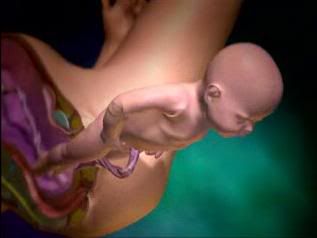
The vagina is a muscular tube that can expand to accommodate the baby's head and shoulders. Uterine contractions continue until the baby and the placenta are delivered.


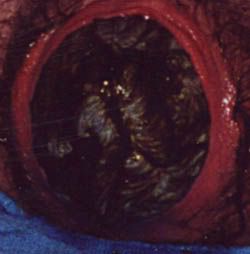


Here comes the baby! The baby's head is pushed out completely.





Gentle suctioning is done to remove excess fluid on the baby's lungs.

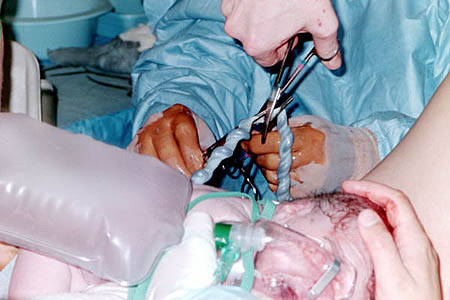

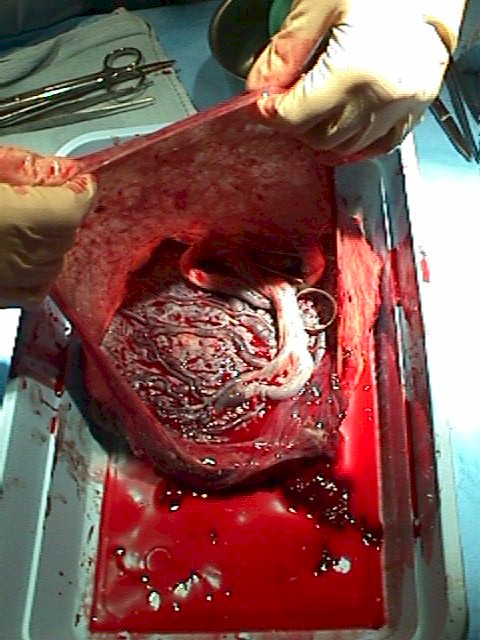

-Pillitteri, Adele. Maternal and Child Nursing: Care of the Childbearing and Childrearing Family. fifth ed.
REFERENCES:
-Moon Dragon Birthing Services (http://www.moondragon.org/)
-Some pictures (http://www.youdzone.com/images/)